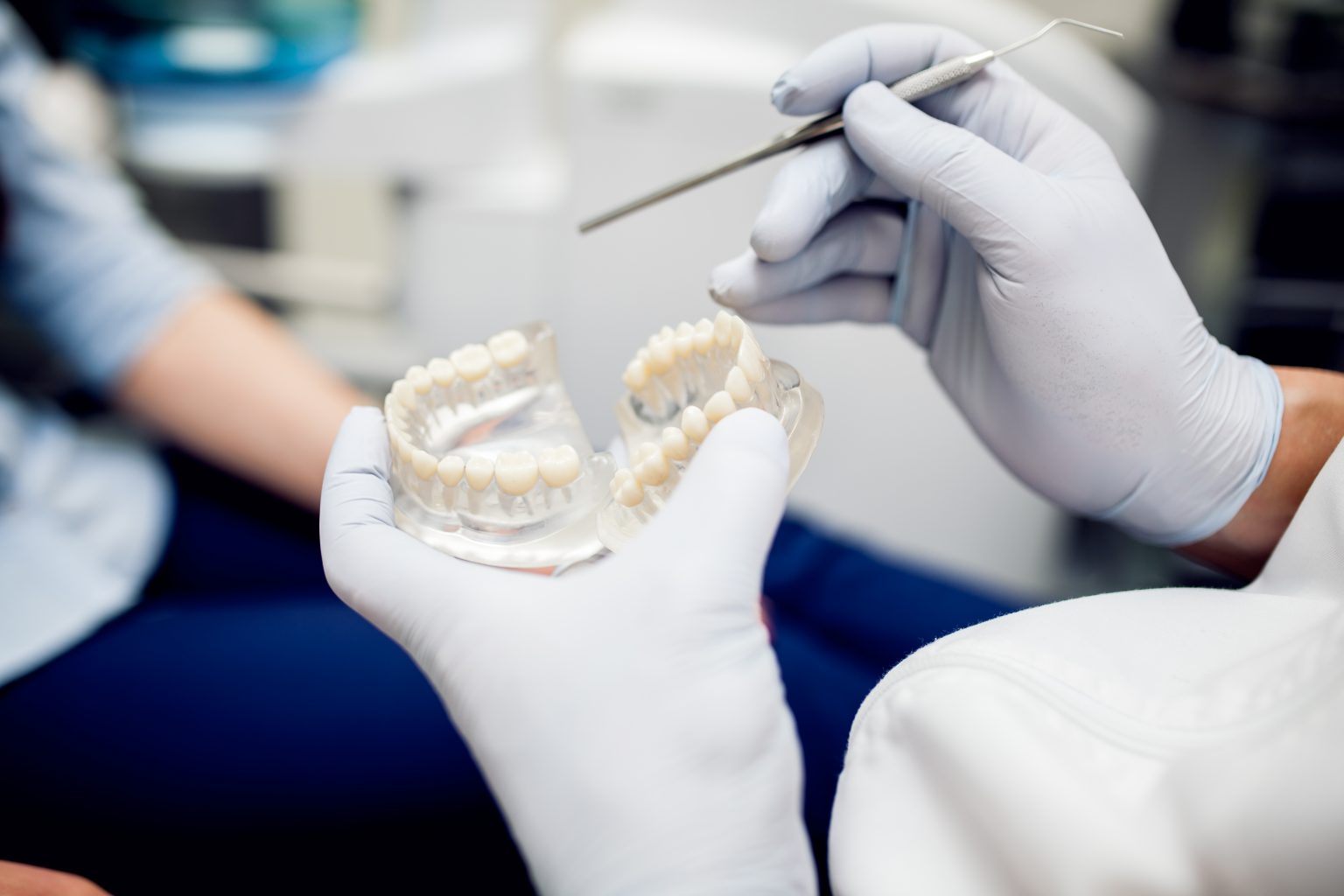When it comes to orthodontic treatment, patients have a variety of options, with metal braces and ceramic braces being two of the most popular choices. Each type has its own unique advantages, disadvantages, and suitability depending on individual needs. In this article, we will explore both options in-depth, focusing on their features, benefits, and considerations to help you make an informed decision for your orthodontic journey.
Metal Braces:
Known as “traditional braces,” metal braces are made of premium stainless steel brackets and wires. They have been the preferred treatment for many years and are still one of the most effective ways to correct a variety of orthodontic issues.
Benefits of metal braces include:
Efficacy: Metal braces are very effective in treating a variety of dental issues, such as gaps, overcrowding, and misalignments; they offer excellent control over tooth movement
Durability: Because metal braces are made of stainless steel, they are strong and resistant to breakage, making them suitable for patients of all ages, including younger patients who may be less cautious
Cost-Effective: In general, metal braces are less expensive than ceramic options, making them a cost-effective orthodontic treatment option.
Numerous Options: Patients can show their individuality by personalizing their metal braces with vibrant elastic bands. It is especially tempting to younger patients who would like to choose their own colors.
Fast Treatment: Compared to ceramic braces, metal braces can frequently enable speedier treatment times because of their sturdy material and design.
Braces made of ceramic
Ceramic braces are a more visually pleasant option to standard metal braces. They use brackets composed of ceramic material that are either tooth-colored or clear. Adults and teenagers who worry about how they will look during therapy are especially fond of them.
Why Choose Ceramic Braces?
Aesthetic Appeal: The subtle appearance of ceramic braces is its greatest benefit. Compared to metal braces, they are less apparent since they mix in well with the natural color of teeth.
Comfort: Ceramic brackets are less likely to irritate the gums and inside cheeks than metal ones since they are often smoother.
Effective Treatment: Ceramic braces can treat orthodontic disorders comparable to those caused by metal braces, although they are less noticeable. They are still able to move teeth effectively.
Customization: Considerations When Choosing Between Metal and Ceramic Braces Durability: Although ceramic braces are effective, they are more likely to break or chip. Patients must be more cautious with certain foods and activities.
Cost: Ceramic braces are generally more expensive than metal braces. It’s important to consider your budget and insurance coverage when making this decision.
Staining: Patients may experience discoloration over time due to the elastic ties used in ceramic braces. Regular cleaning and maintenance can help minimize this problem.
Treatment Time: Treatment times can vary, but metal braces often result in faster outcomes because of their strength and effectiveness in moving teeth.
Personal Preference: In the end, the choice may depend on personal preferences for comfort, style, and cost. Speaking with an orthodontist can assist you in choosing the best course of action for your individual requirements.
In summary
With their own advantages and drawbacks, metal and ceramic braces are both good options for orthodontic treatment. While ceramic braces offer comfort and aesthetic benefits, metal braces are stronger, more durable, and more affordable. You may choose the best orthodontic treatment for a beautiful, healthy smile by evaluating your unique orthodontic needs, preferences, and financial situation. Always seek the counsel of a qualified orthodontist for individualized guidance. They may offer suggestions that are specific to your case.

